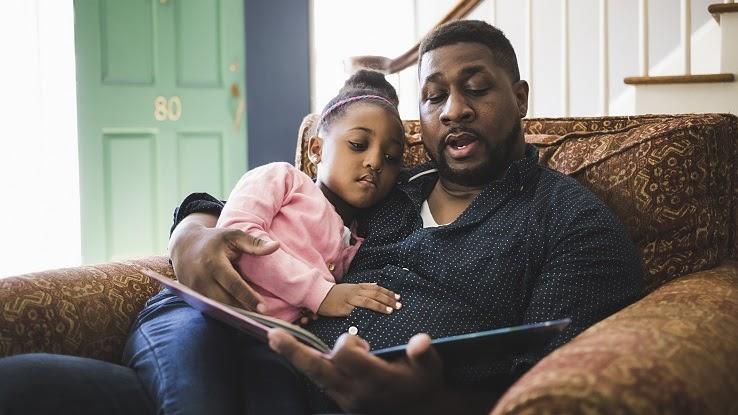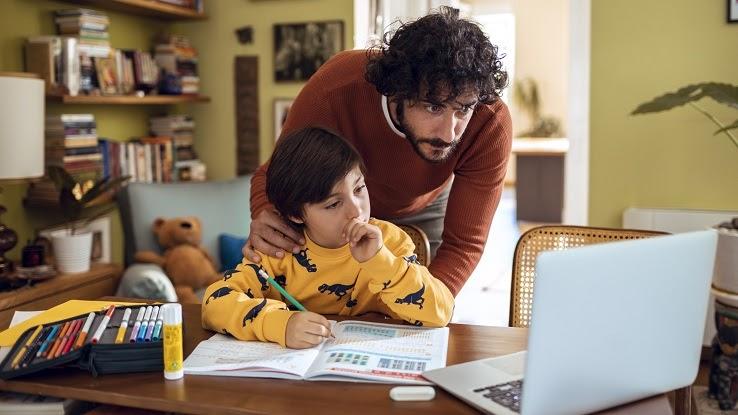
The Child Tax Credit is the latest government initiative that aims to support American households as the economic fallout of the COVID-19 pandemic continues. While it isn’t a fourth round of relief payments, or “stimulus checks,” the credits will see the Internal Revenue Service (IRS) providing monthly payments for millions of qualifying households.
Without needing to take any additional actions, qualifying Americans will start to receive payments this summer. In fact, many have likely received their first installments. Still, no matter your relationship with the Child Tax Credit, you might have a few questions about this unique form of relief — and we’re here to clear up any confusion.
What Is the Child Tax Credit?
A tax credit reduces the amount of income a taxpayer will pay taxes on. For example, if a taxpayer with an annual income of $50,000 qualifies for a $3,000 tax credit, the taxpayer’s annual income is reduced by $3,000. So, the taxpayer will only pay taxes based on making $47,000.
Although a tax credit can result in receiving a larger income tax return upon filing taxes, tax credits are usually not awarded to taxpayers as a monetary payment. However, the American Rescue Plan has changed that status quo for working parents.

Previously, there had been a Child Tax Credit that gave parents a credit of up to $2,000 per dependent child. The American Rescue Plan increased that maximum credit amount to $3,000 for children ages 6 and up and $3,600 for children younger than 6. Parents can receive this credit for children who are up to 17 years old. Instead of receiving a credit at tax time, parents will receive this increased Child Tax Credit as monthly payments from the IRS.
Who Qualifies for the Child Tax Credit?
The purpose of the American Rescue Plan is to put additional money into the pockets of as many American households as possible. Hence, most families with children qualify to receive the Child Tax Credit. To qualify, one must have at least one child under 18 who meets the IRS standards of a qualified dependent, and the family must fall below the predetermined income thresholds. For example, couples can receive full payments if they make no more than $150,000 per year, while single parents get maximum monthly payments if their annual income is $112,500 or less.

Up to a certain amount of annual income, parents who make more than the limit for their tax filing status may still be eligible for partial payments. For example, a single parent who makes more than $112,500 may receive $200 per month for a 10-year-old child rather than the maximum payment of $250.
To receive credit for a child, that child must still be under 18 at the end of 2021. At least one of the parents who claim the child as a dependent must have permanent residence in the United States for at least 50% of the year.
Parents who have filed taxes in 2019 or 2020 will start to receive Child Tax Credit payments automatically. Parents who have not filed taxes in either of those years are still eligible to receive payments, but they will need to register using the Non-Filer Sign Up Tool on the IRS website.
When Will Advanced Child Tax Credit Payments Start?
Parents will start receiving payments for the Child Tax Credit in July 2021. Parents and legal guardians for children who are at least six years old will receive $250 per month per child. Parents with children younger than six will receive $300 per month per child.

If a parent has received tax payments via direct deposit in the past, Child Tax Credit payments will be electronically transferred to the bank account on file with the IRS. If the parent has not received tax payments via direct deposit in the past, checks will come through the mail. Starting on July 15, 2021, payments will be issued on the 15th of each month.
Need an example? Suppose a couple has two children, ages nine and five, and the couple’s combined annual income is $100,000. This means they qualify for full payments for each of their children. Each month, they will receive $250 for the nine-year-old and $300 for the five-year-old. So, on the 15th of each month, the family will receive a monthly payment of $550.
How Will the Child Tax Credit Affect Taxes?
The IRS categorizes the monthly Child Tax Credit as an Advanced Payment. That is, parents who choose to receive the monthly payments are receiving the tax credit they would otherwise be eligible for in advanced monthly installments. Hence, parents who receive the credit each month will not be able to claim the Child Tax Credit on their 2021 income tax return.
With the exception of parents who have not filed tax returns in the past two years, all eligible parents are automatically enrolled to receive monthly payments. Any parents who do not want monthly parents must opt out of the Child Tax Credit payments using the Child Tax Credit Update Portal on the IRS website.

There are monthly deadlines to observe in order to avoid receiving a payment for the next month. Anyone who does not opt out by the monthly deadline will receive payment for the upcoming month. Married couples who file taxes jointly both need to unenroll if that is what the couple decides. Otherwise, the spouse who does not unenroll will receive half of the payment both spouses would otherwise be entitled to. Although parents have an opportunity each month to un-enroll, an opt-out is a permanent decision.
Parents should weigh the advantages and disadvantages of receiving a tax credit at tax time versus receiving monthly payments each month. For example, someone who knows that they will owe taxes for 2021 may opt out because Advanced Payments would only increase their tax burden. Prior to tax season next year, the IRS will give all parents an accounting of the money they have received in monthly payments. In some circumstances, parents who have received Advanced Payments may still be able to claim a partial child tax credit at tax time.
The Advanced Payments are non-taxed, and they will not be considered as income on 2021 tax returns. These payments will not count against a parent in qualifying for any form of government assistance, such as SNAP benefits or Section 8 Housing Vouchers.
Whether received as a tax credit or as monthly payments, the Child Tax Credit can help eligible households weather these difficult times. However, as we’ve noted, it’s also important to keep in mind how these payments will impact one’s taxes in the coming year.





